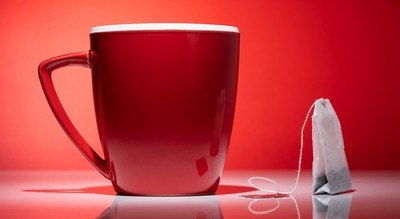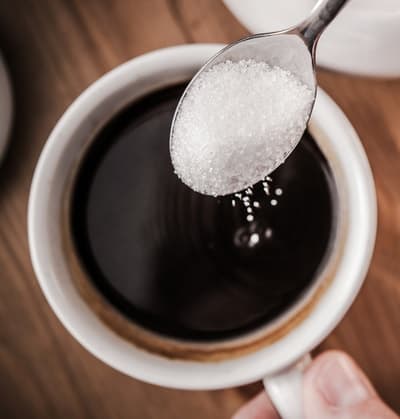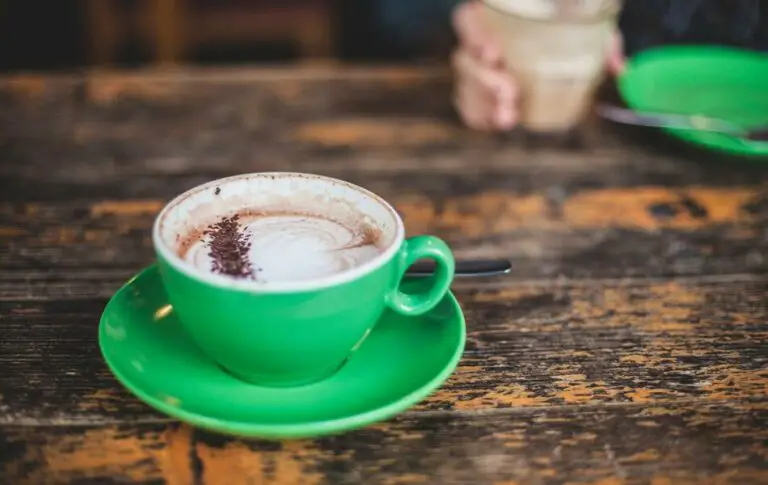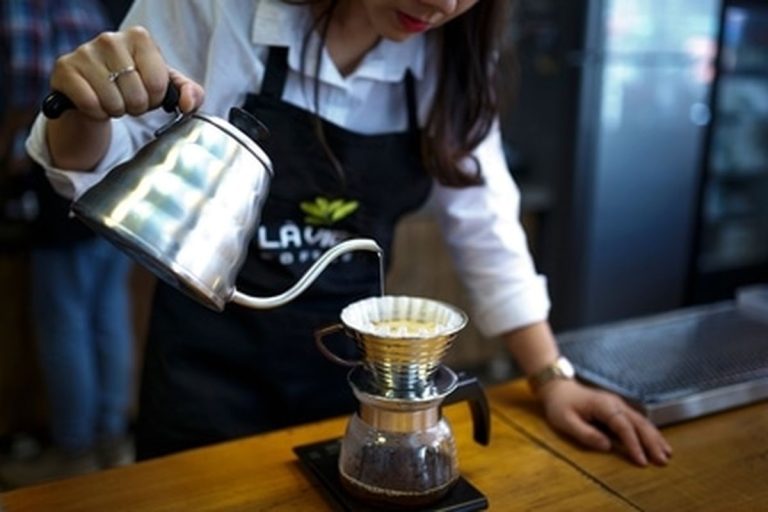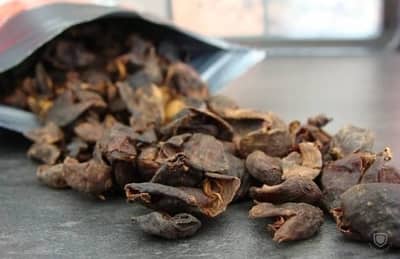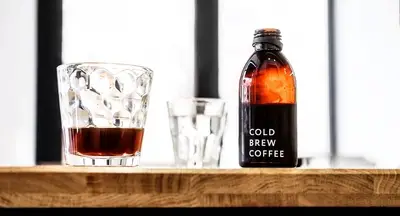Coffee Bags: What Are They & Should You Buy Them?
No doubt you’ve seen the adverts on television for coffee bags and you’re wondering whether they’re worth buying. But first of all, what even are coffee bags?
Coffee bags are small, sealed bags that contain a serving of ground coffee. They are to coffee what tea bags are to tea. The coffee bag is placed inside a cup and boiled water is poured over. After 2 – 5 minutes of brewing, the bag is disposed of and the cup of coffee enjoyed.
So given the fact that tea bags have been around since the early 1900s, why have they only just thought of this now?
What are coffee bags?
The UK has seen a new trend in coffee bags recently, with one company paying millions of pounds to advertise on the television.
In this article, we’re going to look at six coffee companies and their line of coffee bags. They are as follows:
- Taylors of Harrogate Rich Italian
- Percol Fairtrade Smooth Colombian
- Cru Kafe Organic Long Black
- Costa Coffee Mocha Italia signature blend
- Lyons No.3
- Real Coffee Bag Home Blend
Coffee bags look the same as tea bags, and they work in just the same way. Having ground coffee in bags is an excellent, fuss-free way to make a cup of coffee.
Each individual bag contains a dose of ground coffee that just needs to be popped into a cup and have freshly boiled water poured over.
This eliminates the need for any special brewing device to filter the coffee grounds as they’re contained within the bag. After you’re done steeping, you can just toss the bag away.
They’re a great time saver as there’s no need to measure your dose of coffee, and there’s no need for a coffee brewer such as a French press or drip machine.
And talking of saving time, Amazon stocks a wide variety of coffee bags at the best possible prices.
But the lack of coffee maker doesn’t mean that you can’t adjust the coffee to suit your tastes. Just as when making a cup of tea using tea bags, you can control the strength by the amount of time you leave the bag to steep.
Depending on your desired strength, packages advise leaving between two and five minutes. The longer that you leave the bag to steep, the stronger the coffee will taste.

And coffee bags also come in different varieties such as decaf. If you have an intolerance to caffeine, or you just want to enjoy a cup in the evening, then they’re also available in decaffeinated versions.
Coffee bags can also be used to make cold brew coffee. Brewing coffee with cold water is a growing trend at the moment and one you’ll want to try when summer comes around.
Cold brew is very smooth and doesn’t contain any of the bitterness you find in coffee brewed with hot water.
Quicker than instant?
Coffee company Taylors of Harrogate have recently launched their new line of coffee bags in the UK, but this is a risky business as the UK is an instant coffee-drinking nation.
A whopping 77 percent of homes in the UK drink instant coffee, and despite what you might think of it, there’s no getting away from the fact that instant is the quickest way to make a cup of hot coffee.[1]
Instant coffee is quick and convenient as the coffee granules have been manufactured to dissolve in water. Freshly ground coffee doesn’t dissolve completely in water, and so it has to be prepared in specialised coffee makers that filter the liquid from the grounds.
Making freshly ground coffee is a lot more labour intensive than instant coffee. You need to measure out the dose and prepare the coffee maker, and then there’s the clear up afterwards along with deciding how best to dispose of the coffee grounds.
But coffee bags take away all the fuss of making coffee from loose grounds. They’re not quite a quick as a cup of instant, but they’re not far off it. Ground coffee is vastly superior to instant coffee, so the little extra effort is well worth it.
Enjoying this article? Don’t miss 43 Delicious Instant Coffee Recipes.
Why didn’t they think of this before?
The Taylor of Harrogate advert makes a joke of what we are probably all thinking about coffee bags, “Why didn’t they think of this before?â€
Well, some of you might remember that it has been thought of before. In fact, they were first seen in the UK in the late 1970s but only lasted a few years as they didn’t catch on.
Why would something as convenient as a coffee bag not take off?
It’s all to do with how the British public’s love of coffee has changed in recent years. In the past, words like espresso, cappuccino or frappé were something you would only see on a holiday in the Mediterranean.
Nowadays, with coffee chains such as Starbucks, Costa, Caffè Nero and McCafe in every UK high street, we’re all clued up on the vast array of coffee drinks, and we’ve become a lot more demanding for it.
It’s no small surprise then that companies selling coffee beans have made the shrewd move to get in on some of the action.
Brits are collectively spending £122m ($159m) a week on takeaway coffee, and if the likes of Taylors of Harrogate can take a slice of that, they’re onto a winner.[2]
Even the likes of YouTuber Emma Chamberlain has released her own line of coffee bags, for goodness sake.
Are coffee bags any good?
Here at Eleven Coffees, we prefer specialty coffee for a true coffee experience. We even put together a list of the best coffees available to buy on Amazon UK, which we recommend you check out.
Saying that, we appreciate that not everyone is as fanatical as we are, so here is our unbiased take on coffee bags.
Taste
If you normally enjoy instant or pre-ground coffee from the supermarket, then coffee bags are a great alternative.
Overall, I would say that coffee bags fall somewhere between instant and ground coffee prepared in a dedicated coffee maker.
The coffee inside the bags is generally a dark roast, providing that deep, rich and smokey coffee taste familiar to us all.
Ground coffee is definitely superior in taste to instant coffee, and the coffee inside coffee bags is no exception. However, if you’re mainly an instant coffee drinker, then you’ll have to exercise a little more patience with coffee bags.
Package guidelines generally recommend a steep time of between two and five minutes. Generally, for a good-tasting cup, you’ll want to steep for between three to four minutes, just like you would with a French press.
Any less than two minutes, and you’ll end up with a cup that hasn’t had chance to fully extract all the flavours of the ground coffee, which could lead to it tasting slightly acidic.
My biggest gripe with coffee bags is the strength of the coffee that it produces. This is due to the small amount of ground coffee within each bag. Of the six compared, the smallest had just short of 7g and the largest had 9g.
For a coffee that is prepared by fully submerging coffee grounds in water and leaving to infuse, aficionados recommend a brew ratio of around 7.5g of coffee per 100ml of water.
Of the six coffee bags we looked at, the average amount in each bag was just below 8g of ground coffee.
A quick bit of maths tells you that for 8g of coffee, you should only be using just over 100ml of water.
Few of us would probably bother to read the package instructions on how to make coffee using coffee bags as it’s as simple as making a cup of tea.
However, on many of the packet instructions, there’s no indication of how much water to add. Instead, it just says to place the bag in a cup and pour over boiled water.
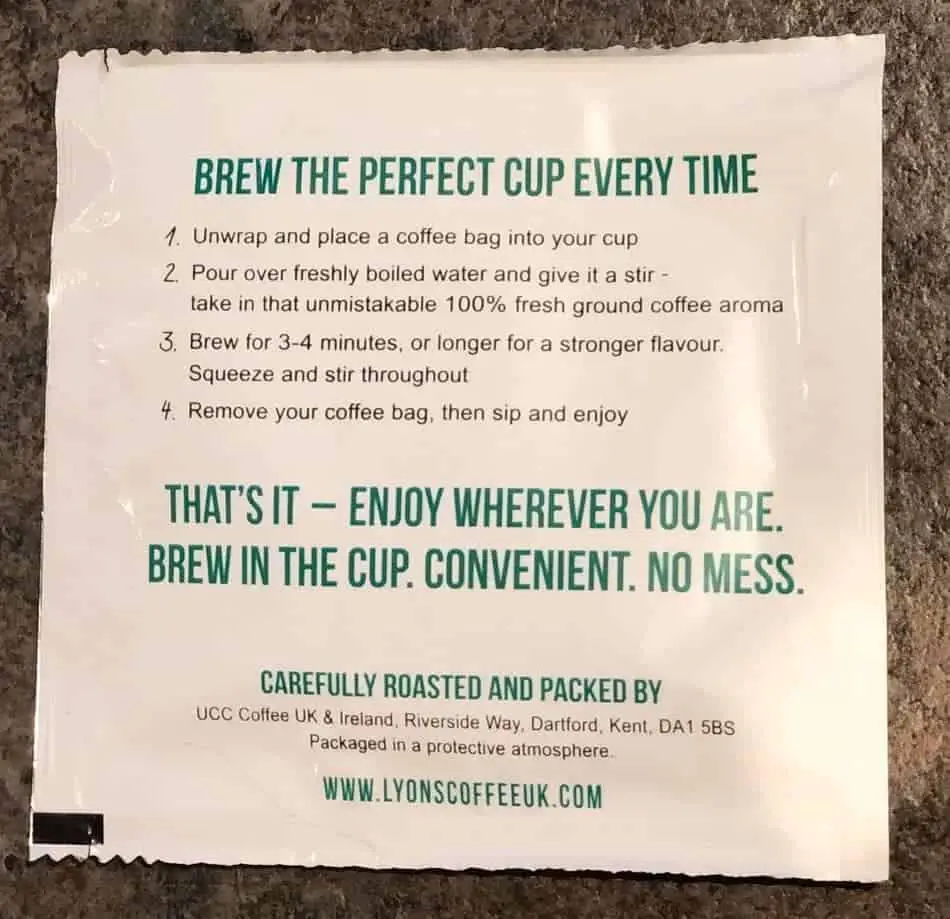
When you think that your average-sized coffee mug has a capacity of around 250ml, it seems a bit of a racket and somewhat deceitful.
Unless you enjoy your coffee very much on the weak side, you’d really want two coffee bags for a full-sized mug, which really would ramp up the cost quite considerably.
Talking of cost, let’s take a look at the prices of the six coffee bags compared.
Price
The price of coffee bags is quite a bit more expensive than buying bags of ground coffee. Prices range from the cheapest at 14p to the most expensive at 40p per coffee bag.
For example, Taylors of Harrogate Rich Italian coffee bags are £2.85 for a pack of 10. That works out to almost 4p (£0.038) per gram.
The price for a bag of Taylors of Harrogate Rich Italian ground coffee is £3.75 for 227g. That works out to under 2p (£0.017) per gram.
At over double the price, you’re definitely paying a premium for convenience.
Saying that, if the convenience of the superior taste of ground coffee in a bag stops you from buying from the likes of Starbucks, then you could end up saving quite a bit of money.
Here’s a comparison of prices from the cheapest per gram to most expensive.
| Company | Price per bag (GBP) | Price per gram |
|---|---|---|
| Lyons | 14p | 2.1p |
| Real Coffee Bag | 27p | 3p |
| Costa Coffee | 27p | 3.4p |
| Taylors of Harrogate | 29p | 3.8p |
| Percol | 35p | 4.4p |
| Cru Kafe | 40p | 5.3p |
Convenience
There’s no doubt that coffee bags are massively convenient. They’re just as easy to carry around as the small, individual sachets of instant coffee.
This means that they’re excellent for trips away, camping, or just for taking to work. And if you can’t stand the taste of instant, then this is the answer to better-tasting coffee that’s as simple to make as a cup of tea.
Despite being twice the price of ground coffee, they could end up saving you money by not having to buy your coffee from the local coffee shop.
But as is so often the case with convenience, the question is how environmentally friendly coffee bags are. There’s an enormous amount of packaging for such a small quantity of ground coffee.
Enjoying this article? Don’t miss 50 Tips for Making Better Coffee.
Do coffee bags contain plastic?
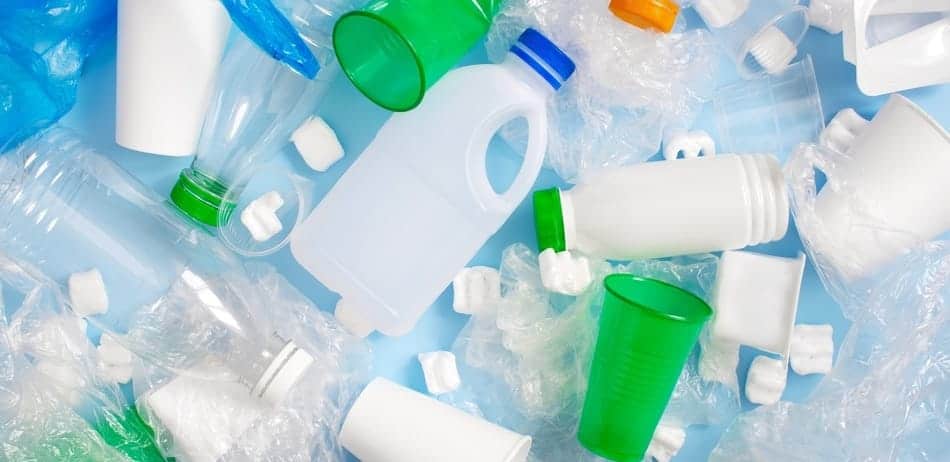
Of the six coffee bag retailers, only a few got back to us when we asked about the use of plastics in their products.
Taylors of Harrogate were the only ones that gave us an in-depth response. Thank you for bothering, Taylors. Here is what they said:
This will take time. We’re working towards the ambition of achieving the Plastics Pact targets by 2025, but with any luck we’ll have this done sooner and we’ll be keeping you updated along the way.
So currently for the coffee bag paper, we have been able to use PLA — a plant based, industrially compostable plastic — in our coffee bags since they launched. Our coffee bags can be popped in your food or garden council waste bins. These don’t go in your home compost heap as they need quite a bit of heat and space to break down.
The envelope is made from a ‘triple laminate’ material of plastics and aluminium foil. Without this envelope or with a paper alternative your coffee would start to go stale within a week. We’re yet to find a good enough replacement which we know can be properly recycled and keep your coffee fresh.We’ve already reduced the envelope material by 25% which is a good start, but we’re working hard to find a new material that will meet our needs. This isn’t currently recyclable, so it should go in your normal bin.
Taylors of Harrogate
AeroPress: the ultimate in quick and tasty coffee
If you want to enjoy the taste of ground coffee but without the fuss, then you should consider buying yourself an AeroPress.
There’s no arguing that there’s a tiny bit more involved than with coffee bags, but compared to most coffee brewers on the market, preparation is a doddle, and the clean up takes less than 30 seconds.
Check out this short video on how to make coffee in just one minute.
But the best thing is that a little extra effort brings huge rewards. The AeroPress has become the hottest brewer on the planet, prized for its convenience and for the delicious coffee that it can produce in as little as one minute.
Check out our article Should I Buy an AeroPress? to see the pros and cons, and to make up your own mind.
If you like the look of the AeroPress, you can buy it for the best price on Amazon. You’ll also find all our other recommended products there, too.

